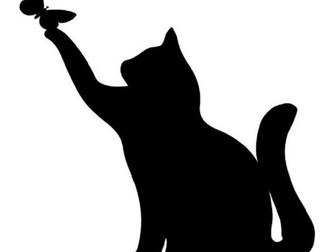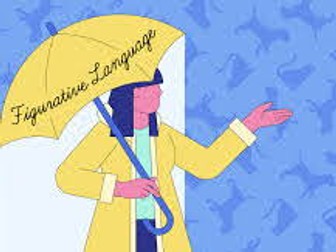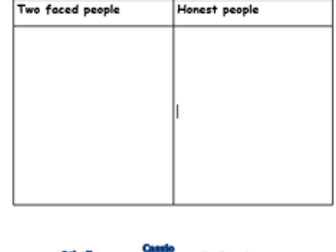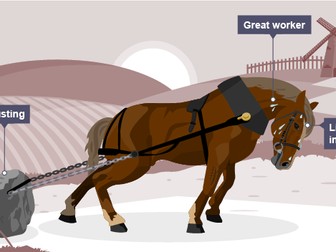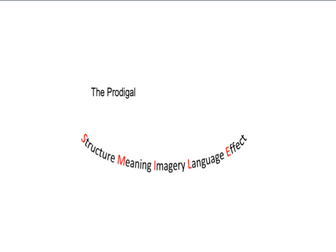Adjectives for pets activity
Students look at the list of describing words for their pets. They choose the most appropriate ones. They check the definitions. Then they create sentences using their describing words. Extending the work they can create a presentation with pictures and animations to match their describing words. Two worksheets: one about pets in general, and one for cats in particular. Useful to engage SEN pupils in using language by picking a topic of interest to them.
